
Understanding the different types of fire, is vital to be able to know how to tackle it, as certain fires require specific extinguishers in order to tackle them safely. Using the incorrect extinguisher can increase the intensity of the fire and spread it further, endangering both the user and others. The risk of fire on your business premises from the different classes, listed below, will determine what types of extinguisher(s) you need for your property. So keep your employees, clients, guests and visitors safe by reading our simple guide below and making sure you are properly equipped.
Fire Classification
Fire classification is broken down into 6 different groups: A, B, C, D, F and Electrical.
Class A Fires
Involve combustible materials such as wood, paper, fabric etc.
Water, foam, dry powder and wet chemical extinguishers can be used to tackle Class A fires.
Class B Fires
Involve flammable liquids such as oils, petrol, oil-based paints, paraffin, alcohol etc.
Foam, dry powder and CO2 extinguishers can be used on Class B fires.
Class C Fires
Involve flammable gases such as butane, propane etc.
Dry powder extinguishers can be used on Class C fires.
Class D Fires
Involve combustible metals such as aluminium, magnesium, potassium etc.
Dry powder extinguishers can be used on Class D fires.
Class F Fires
Involve cooking oils and fats.
Only wet chemical extinguishers can be used on Class F fires due to the extremely high temperatures involved.
Class Electrical Fires
Involve electrical equipment. (N.B. Once the electrical equipment is removed the fire changes class).
CO2 extinguishers can be used on electrical fires. Dry powder can also be used, though only up to 1000 volts.
Identifying Fire Extinguishers by Colour
The latest fire extinguishers are manufactured to BS EN 3 standard. This stipulates that all extinguishers will be predominately coloured red with a band/label covering at least 5% of the extinguishers surface area in a secondary colour to indicate the extinguishers contents. The only exception to this is the water extinguisher that requires no secondary colour and is just red. Colour coding the extinguishers allows users to quickly identify the extinguishers contents in an emergency situation and helps to ensure that the correct extinguishers are used.
Water extinguisher: red.
Foam extinguisher: cream
Dry / ABC powder extinguisher: blue
CO2 extinguisher: black
Wet chemical extinguisher: yellow
Fire extinguisher ID / for use on signs
As well as having identifying colours it is important to pair extinguishers with their ID sign. These are highly visible informative sign that use text and symbols to help with rapid recognition of the extinguishers contents and the types of fire that they are suitable to be used on. Correct safety signage is vital to protect both staff, visitors and guests by minimising risk in the event of an incident.
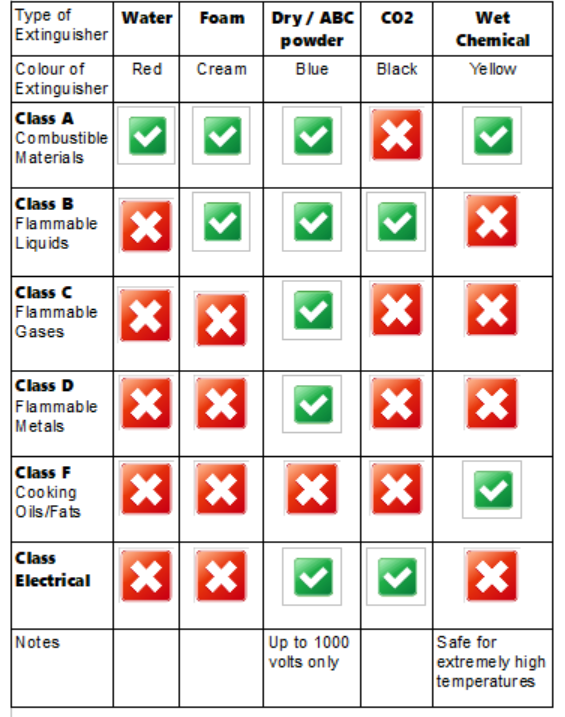
For more information on the different types of fire extinguishers available please take a look at our individual blogs: A Guide to Co2 Fire Extinguishers, A Guide to Foam Fire Extinguishers, A Guide to Dry Powder Extinguishers and A Guide to Wet Chemical Extinguishers.
If you have any questions regarding the types of extinguishers needed for your premises please get in touch with our friendly customer service team who will be happy to assist you.

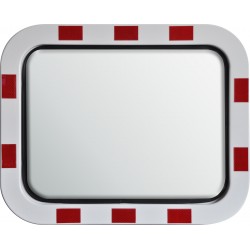
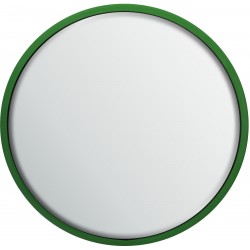
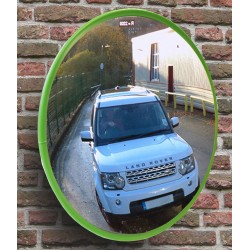
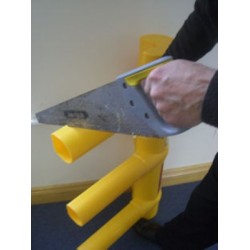
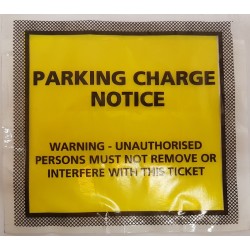
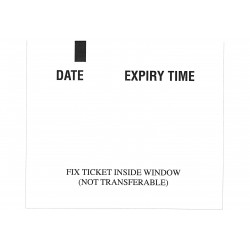
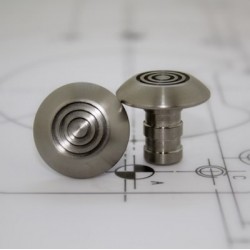
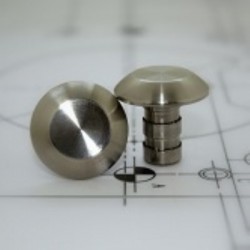
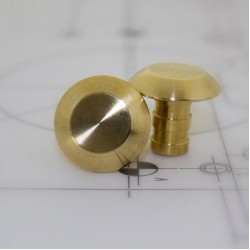
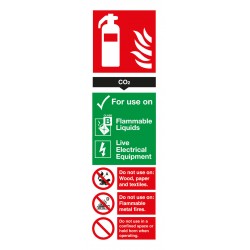
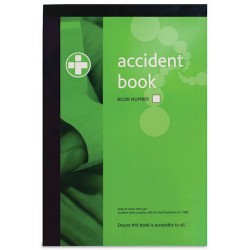
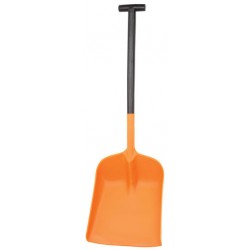
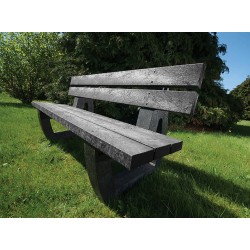
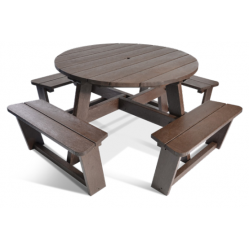
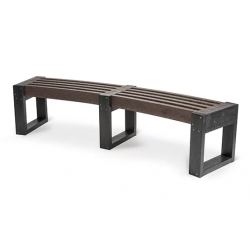
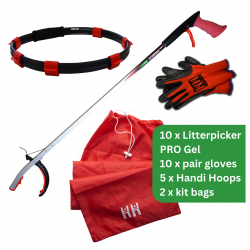
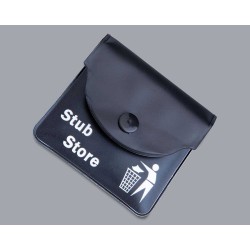
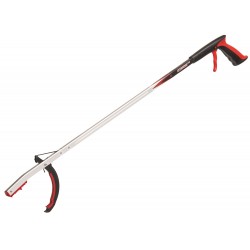
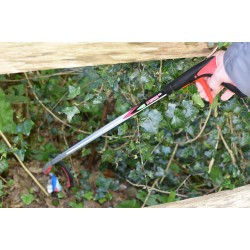
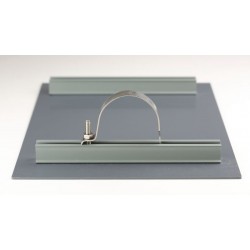
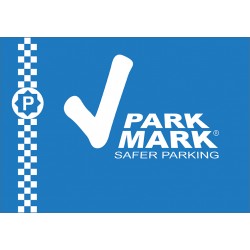
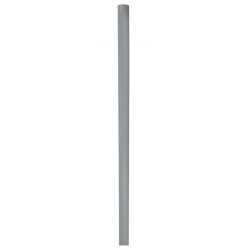
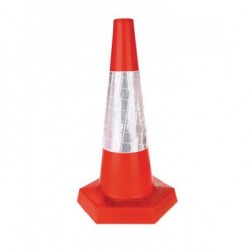
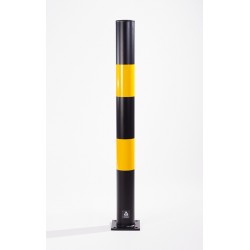
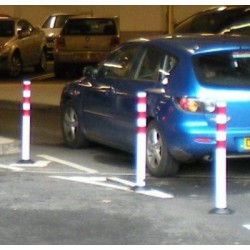
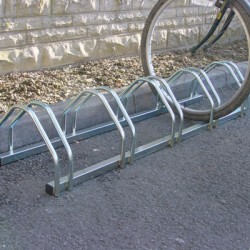
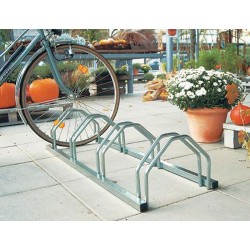
Leave a Comment